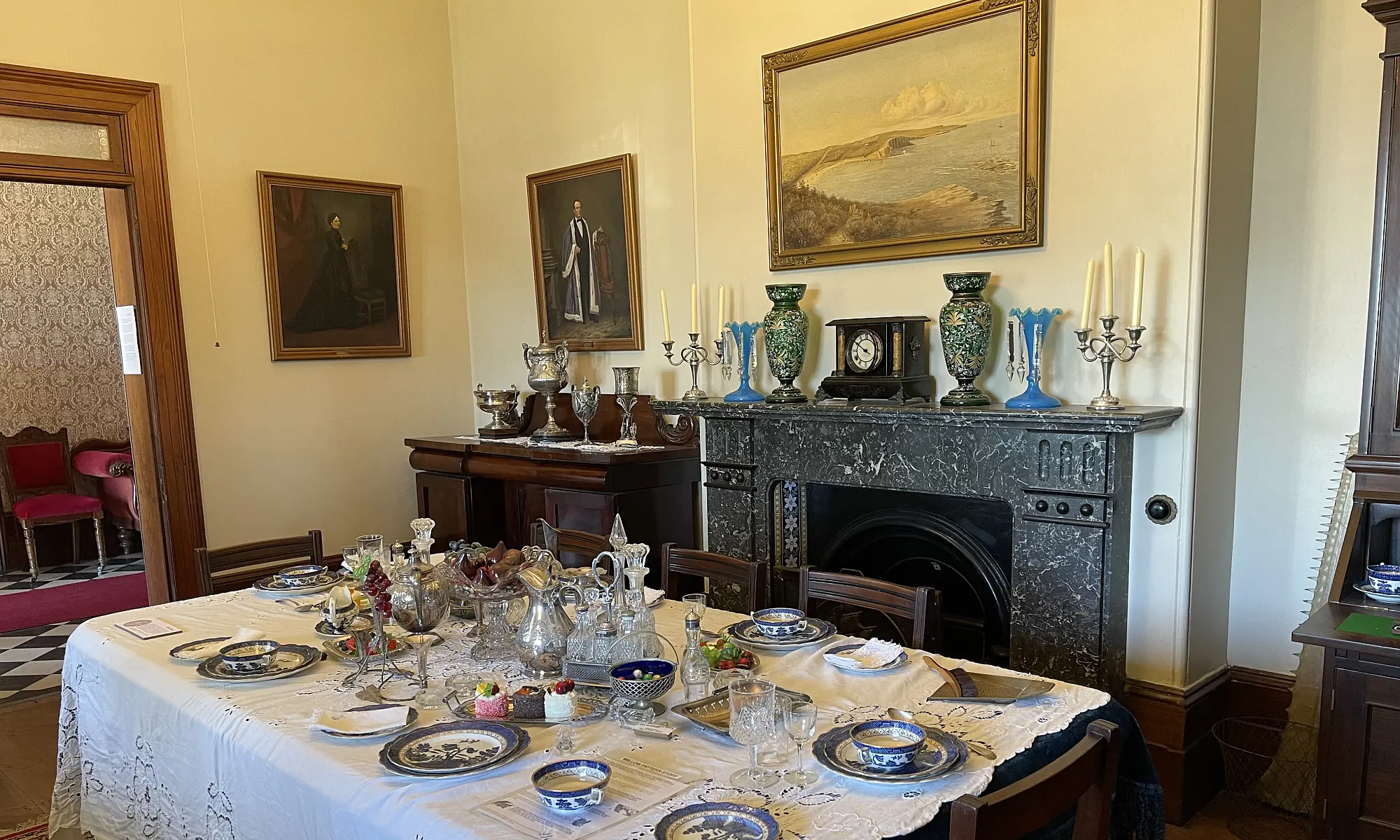When the Kogarah-Sans Souci tramway was inaugurated in 1887 Mr. G. Hughes who conducted boat-sheds and store at Rocky Point, now known as Sans Souci, interested himself in the erection of swimming baths at Rocky Point. The matter was taken up by Kogarah Council, the then Mayor, favouring the site, but Alderman Myles McRae advocated …
President’s Report 2022/2023
This report is being written on the cusp of what I trust will be the renaissance of the St. George Historical Society Inc. Members are doubtlessly aware of the seemingly unending delays, numerous meetings with Bayside Council and remaining members of the former Lydham Hall Management Committee. What a tiring and often exasperating 24+ months! …
Vale: Valda Rosaline Beehag, March 14th 1924 – July 12th 2013
by Mr. Bob Beehag (nephew) Val Beehag was born on the March 14th 1924. Her biological mother, Nellie Christine Collins, gave birth to Val when she was only 16 years old. She put Val up for adoption, and she as adopted by Amy and Francis Barnes, however Francis died 4 years later. At that stage …
Continue reading “Vale: Valda Rosaline Beehag, March 14th 1924 – July 12th 2013”
Pioneer Publicans of Kogarah
The old hostelries of Kogarah, like most of the inns of the early days were distinguished for their free and easy sportive spirit and hospitality. the hotel was always one of the earliest business institutions where, before more appropriate and convenient meeting-places were to be found, people went to discuss matters of moment. It is …
Transport Difficulties
In these days of concrete and bituminous-surfaced roads a journey from Kogarah to Sydney is one devoid of difficulty and may be accomplished in quick time. Before the constitution of the Main Roads Board in 1925, or up to the time that the Board reconstructed Cook’s River Road, the condition of that road was atrocious …

